Author Recent Posts Zahid Hussain Latest posts by Zahid Hussain (see all) Can Trump’s Twenty Point Peace Plan Be Materialized for Gaza? – October 9, 2025 Navigating Pakistan’s Foreign Policy Challenges Amid U.S.-China Row – October 1, 2025 US Tariff Relief to Pakistan: At What Price? – September 17, 2025
U.S. President Donald Trump has presented a Twenty Point Peace Plan which has initiated a global debate. This plan has been welcomed by Israeli government under Prime Minister Benjamin Netanyahu. However, Hamas and the wider Palestinian leadership are yet to give an official response. From a Palestinian point of view, the plan offers promises and irritation, raising genuine questions about sovereignty, dignity, and the future of Gaza and the broader Palestinian cause. It remains to be seen whether the plan is a move toward lasting peace or a strategy that favors security over justice. The most immediate concern for Palestinian people is to end brutality happening in Gaza that has killed 60000 innocent lives. The plan promises a stop to military operations, withdrawal of Israeli forces to agreed lines, and a freeze on aerial bombardment. If implemented, this could bring urgently needed relief to a population that has faced collective punishment since October 2023.However, this truce is conditional to removal of all resistance groups against Israeli occupation a demand often made accuse to initiate military aggression. Palestinians worry that such ambiguity could be used to remove all forms of political and armed struggle, combining armed and political resistance into single category.
Humanitarian exchange that proposes the return of all Israeli hostages within seventy-two hours of the agreement, followed by Israel releasing two fifty long-term prisoners and 1,700 Gazan detainees, including women and children arrested since October 7th. The release of Palestinian prisoners is welcome, but many in Gaza believe the terms are still unequal. Thousands of Palestinians remain imprisoned under administrative detention and without due process. The fact that these releases are subject to compliance and controlled rather than as a recognition of Palestinian rights is a sore point for many. A key element of the Trump plan is to exclude Hamas and other factions from any role in governance, replacing them with an apolitical Palestinian committee. This committee would be overseen by a newly created “Board of Peace,” chaired by Trump himself and including international figures such as Tony Blair.
National sovereignty of Palestine is a fundamental challenge which is still an issue. From a Palestinian point of view, governance imposed from the West especially by those who have historically supported Israel’s occupation lacks legitimacy. The fact that Trump, who moved the U.S. embassy to Jerusalem and cut aid to Palestinian refugees, is now positioned as a peace maker raises understandable concerns about bias and dual standards. Moreover, the sidelining of Palestinian political institutions, including the Palestinian Authority (PA) and Hamas, disregards the complex internal dynamics of Palestinian politics and the right of the people to elect their own representatives.
Economic investment under the mentioned plan would assist in reconstruction of destroyed infrastructure, and the creation of a special economic zone with trade access. Trump proposes an economic overhaul for Gaza, on the lines by modern cities in the Gulf. While the Palestinian people on war footing need housing, jobs, healthcare, and education, critics argue that the plan reduces Palestinian aspirations to just an economic relief, rather than addressing the main causes of the conflict such as occupation, displacement, and no national rights. There is also a strong concern that economic aid would be conditional, used as a tool to enforce political compliance and demilitarization, rather than as a matter of justice and reparations.
Demilitarization of Gaza mentioned in the plan states dismantling of tunnels, rockets, and weapons, and the disbanding of armed resistance groups. Amnesty would be granted to Hamas members who give up arms and promise to live along peaceful co-existence, with safe passage given to those wishing to leave Gaza. To many Palestinians, this feels like a warning rather than a peace offer. Armed resistance, however controversial internationally, is seen by many Palestinians as a legitimate response to occupation, especially in the absence of any meaningful peace process. The plan doesn’t mention demands for Israel to stop settlement expansion, lift the siege on Gaza indefinitely, or accepting Palestinian statehood leaving Palestinians as the only side to adjust and compromise for the peace plan.
International Stabilization Force (ISF) is proposed that will maintain peace, provide training to Palestinian police, and control Gaza’s borders in collaboration with Egypt and Israel. While the idea of international peacekeepers sounds positive, many Palestinians see it as a new form of occupation, policing Gaza on behalf of Israeli interests while Palestinians remain politically voiceless. The proposal just hints at a “credible pathway to Palestinian self-determination and statehood”, but it is conditional to PA reform, disarmament, and long-term international supervision. In other words, statehood becomes a lost possibility, not a guaranteed outcome. Given decades of failed peace initiatives, Palestinians are skeptical of such promises. Without clear timelines, binding commitments, or international enforcement mechanisms, this pathway risks becoming yet another open-ended process with no real end. The Trump twenty-point plan presents some promising elements, like ending hostilities, delivering humanitarian aid, releasing prisoners, and supporting reconstruction. However, many Palestinians view it as flawed due to external control, the absence of self-governance mechanisms, and a lack of political resistance
Palestinians continue to seek a just and one rooted in international law, equal rights, the right of return, and the end of Israeli occupation. Any plan that doesn’t highlight these major demands risks becoming another chapter in a long history of failed negotiations. For Trump’s plan to be truly materialized, it must shift from a top-down, securitization approach to a Palestinian-centered vision of peace, dignity, and self-determination. Without that shift, the plan is unlikely to win the trust of the very people it claims to help.
- Can Trump’s Twenty Point Peace Plan Be Materialized for Gaza? - October 9, 2025
- Navigating Pakistan’s Foreign Policy Challenges Amid U.S.-China Row - October 1, 2025
- US Tariff Relief to Pakistan: At What Price? - September 17, 2025

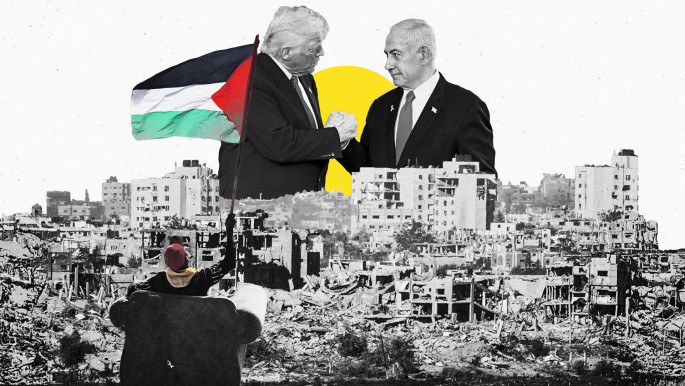
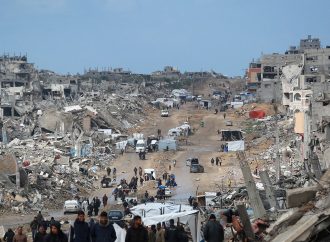
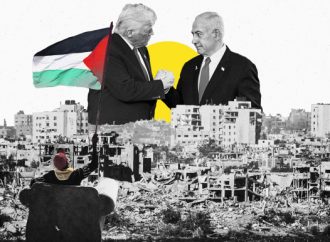

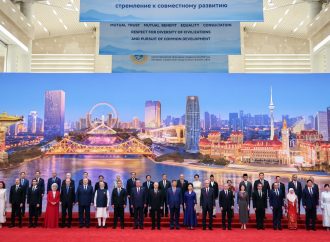
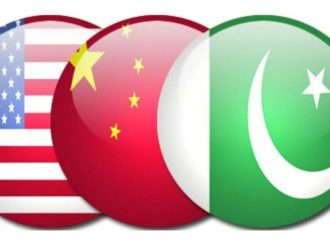
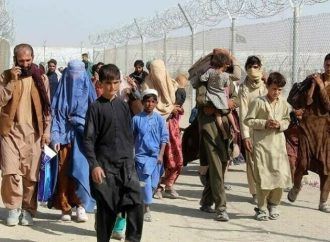









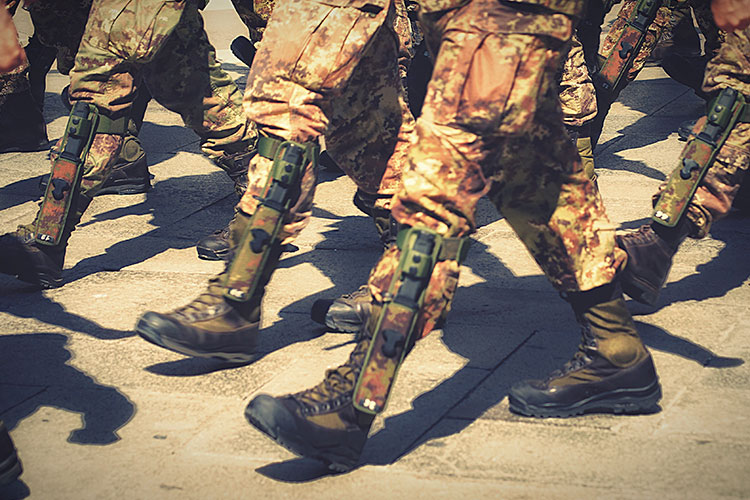
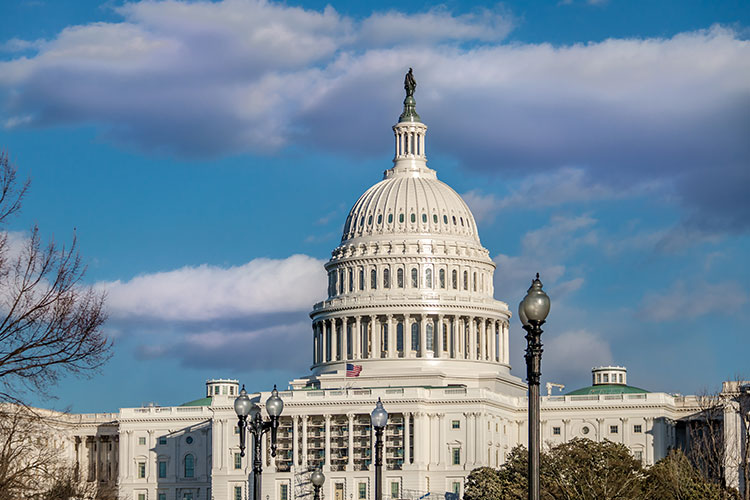

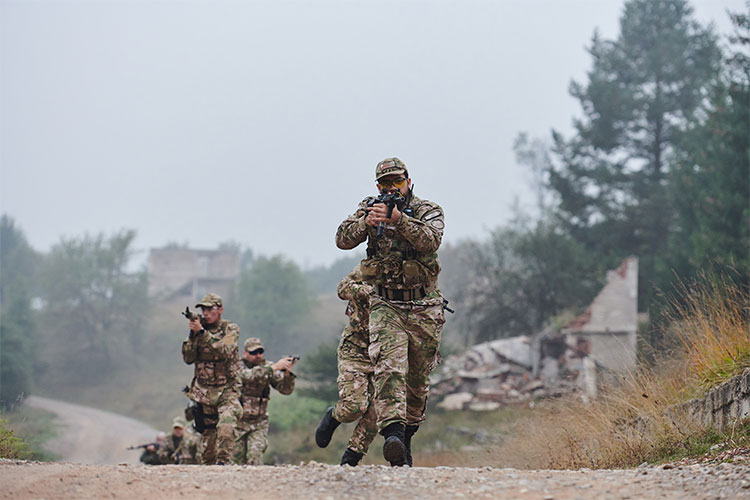

Leave a Comment
Your email address will not be published. Required fields are marked with *